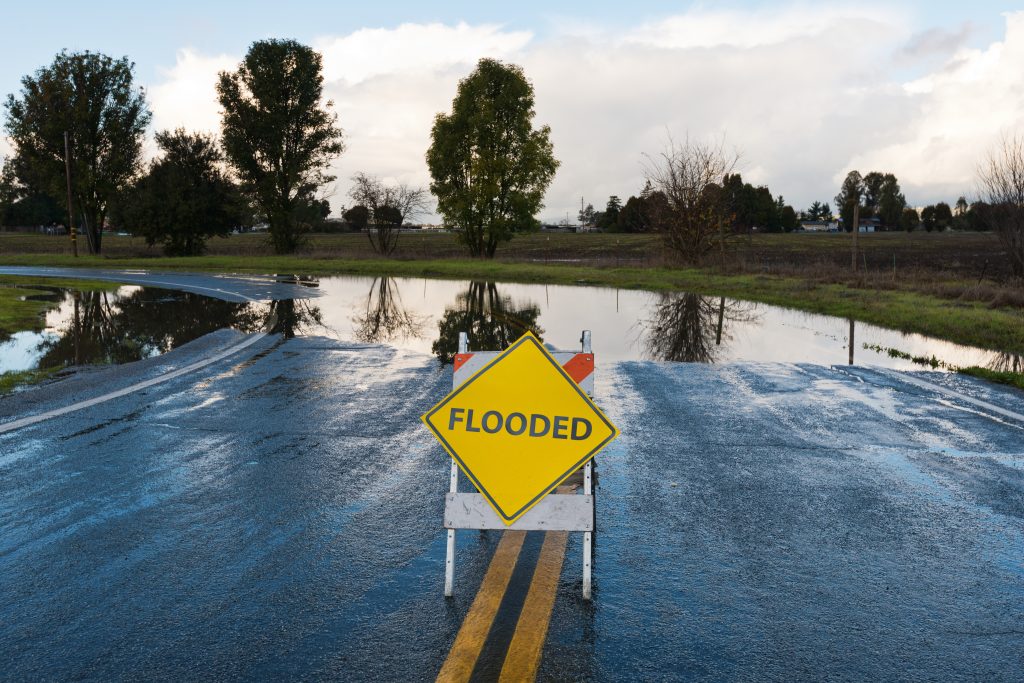By Kish Rajan
The recent flooding around the Oroville dam was dramatic — images of flooded fields, evacuated homes and water bursting out of spillways made the news as far away as England. This despite nearly a decade’s worth of warnings.
And it’s not the only place in California that’s been impacted by the recent deluge. One more big storm could cause flooding around the King’s River overflow system. Road closures and flash flood warnings have been rampant throughout the Coachella Valley and beyond in Southern California. Hundreds were forced to evacuate after a levee breach in Manteca.
It’s unsettling to see something like this happening in 2017. How is it that we have cars that can park themselves, cellphones that act like credit cards and watches that monitor our heartbeats, but we’re still struggling to manage our water — something that’s been an issue for as long as people have inhabited the earth?
 We need to rethink California’s water infrastructure. Interests in our state have been engaging in the same fight over water ad nauseum. The battle lines are traditionally between the north and the south and between industry and agriculture. While those fights go on, vital infrastructure is allowed to crumble. Those fights have distracted us from looking to a new source to solve California’s water problems: the tech industry.
We need to rethink California’s water infrastructure. Interests in our state have been engaging in the same fight over water ad nauseum. The battle lines are traditionally between the north and the south and between industry and agriculture. While those fights go on, vital infrastructure is allowed to crumble. Those fights have distracted us from looking to a new source to solve California’s water problems: the tech industry.
Our state is the hub of technological genius — we just need to encourage entrepreneurs to fix their sights on our water problems.
Look at what technology has done in the energy sector. Over the last 20 years we’ve led the nation in growing the market for solar energy and making appliances and electronics more efficient so they use less power. According to Greenbiz, California is on track to generate 33% of its electricity from renewable sources by 2020, and the clean-tech industry has generated 430,000 jobs in the state.
It’s time to put that same kind of muscle behind water. Politicians and tech leaders need to come to the table and begin to figure out smart fixes for our aging water infrastructure. To start, California should make its water records public so that anyone can use that data to better understand how and where we use water and come up with ways to save it.
Then we need to make our waterways smarter. Using sensors placed throughout the water system, engineers could develop apps that track where the water is, where it’s needed and how best to get it from point A to point B.
Smart-home monitors could help encourage people to use less water by alerting them to their water use. Showers heads could be equipped with sensors that can tell if you’ve stepped out of the stream to shave and then lower the water flow. New technologies could reuse gray water and even harvest water from dew, fog and the ocean.
State officials have been working overtime to fix erosion problems around the Oroville Dam to keep it stable for the latest round of storms, and we should acknowledge their efforts. But the state now needs to think proactively about its water system. What can we do to prevent the next crisis? And while we have a little extra water for now, how can we better manage it to last us through future droughts? These are the kinds of problems that tech entrepreneurs love to solve, and in California, we have the talent to make good ideas reality. It’s time to invite the tech community to the table.




